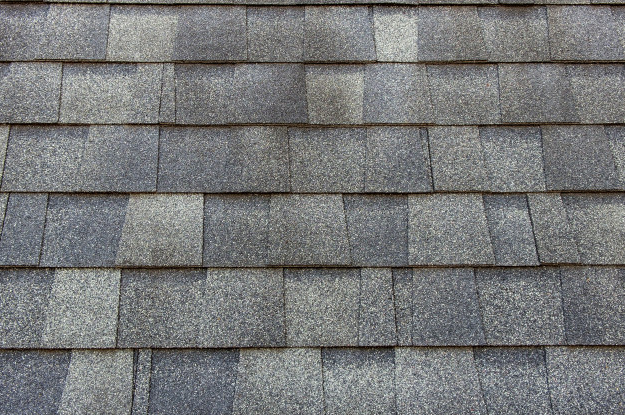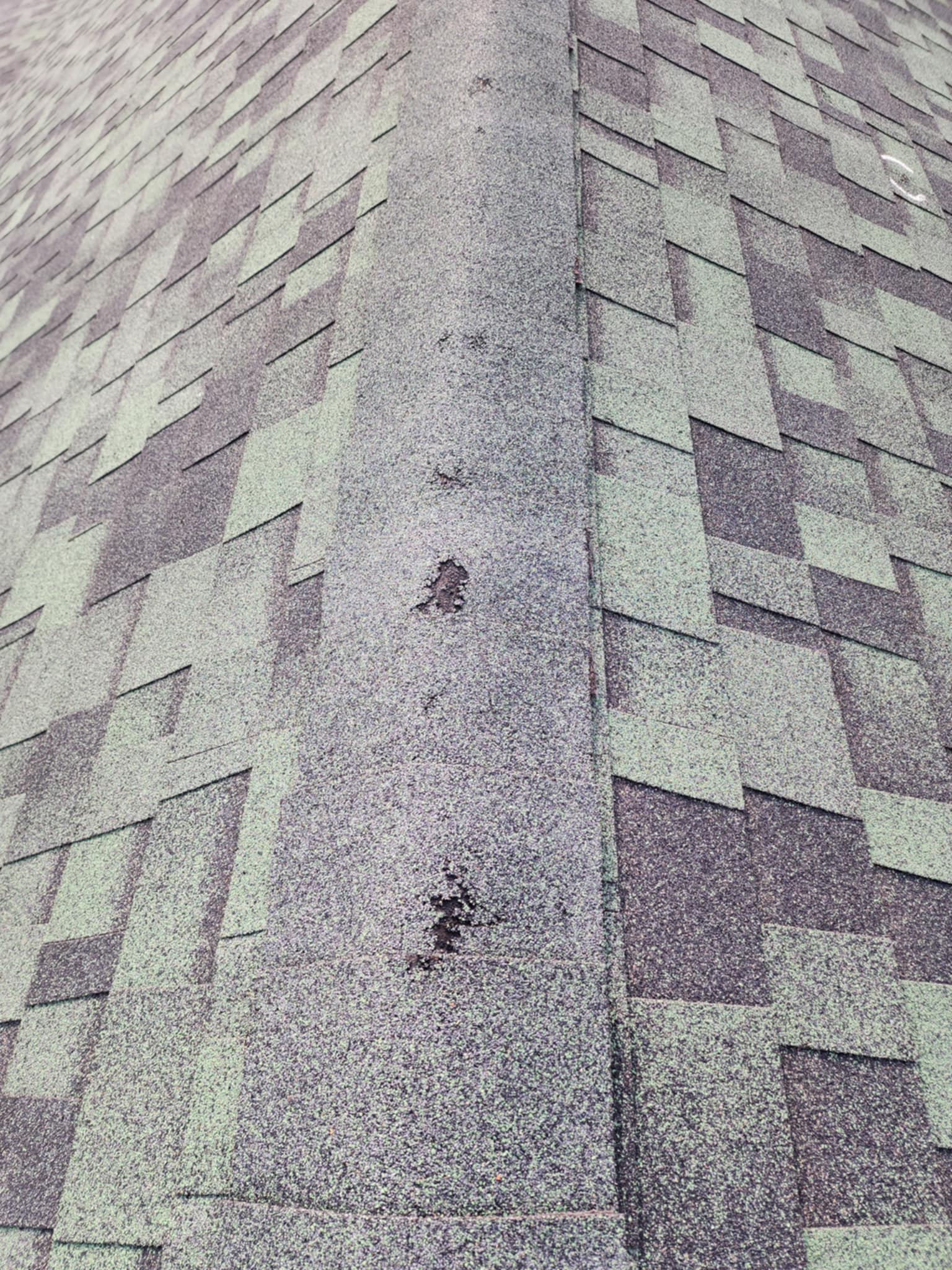Flat roofing systems are commonly used on commercial buildings, but they are also becoming increasingly popular for residential properties. While they offer a sleek and modern look, they also come with their own set of advantages and disadvantages. Let’s take a closer look at the pros and cons of flat roofing systems.
Pros:
- Flat roofing systems offer a range of benefits that make them a popular choice for many commercial and residential buildings. Here are some of the pros of flat roofing systems:
- Affordability: Flat roofs are often less expensive to install than traditional sloped roofs. This is primarily due to their simple design and fewer materials required for installation. Additionally, the ease of installation makes it quicker and less labor-intensive, which further lowers the overall cost.
- Accessibility: Flat roofs are easy to walk on, which makes them highly accessible for maintenance and repair work. This means that you can easily inspect the roof, make necessary repairs or upgrades, and clean the gutters without much hassle.
- Space utilization: One of the biggest advantages of a flat roof is that it can be utilized as a functional space. For example, a flat roof can be turned into a rooftop patio, garden, or even an outdoor living space. This provides homeowners and building owners with more usable space that can be enjoyed all year round.
- Energy efficiency: Flat roofs can be designed with insulation and reflective materials that can help reduce energy consumption and lower utility bills. This is because the flat surface of the roof allows for better placement and installation of insulation material. Additionally, reflective coatings can be applied to the roof surface, which reflects sunlight and reduces heat absorption, keeping the building cooler during hot weather.
- Durability: Flat roofing systems are highly durable and can last for many years with proper maintenance. Since there are no slopes, there is less chance of damage caused by high winds, hail, or heavy snowfall. Moreover, flat roofing systems are made of materials that are resistant to fire, water, and other environmental factors that can cause damage to traditional sloped roofs.
- In conclusion, flat roofing systems offer several advantages, including affordability, accessibility, space utilization, energy efficiency, and durability. If you are considering a new roof for your commercial or residential building, a flat roofing system may be a good option to explore. Contact a professional roofing contractor like Texas Roofing to discuss the best roofing option for your building.
Cons:
- Drainage Issues: One of the major drawbacks of flat roofing systems is their lack of natural slope. Without the proper slope, rainwater and debris can accumulate on the roof, leading to drainage issues that can result in ponding water. This standing water can cause damage to the roof, increase the risk of leaks, and potentially compromise the structural integrity of the building. To prevent this, flat roofs require proper drainage systems, such as gutters and downspouts, to efficiently remove water from the roof.
- Leaks: Flat roofs are more susceptible to leaks than sloped roofs, particularly if the seams and flashings are not properly sealed. With traditional sloped roofs, water runs off the roof quickly, reducing the chance of water seeping into the roof structure. However, with flat roofs, water can easily pool, increasing the likelihood of leaks. Proper installation and regular maintenance are essential to prevent leaks from developing.
- Shorter Lifespan: Flat roofs tend to have a shorter lifespan than sloped roofs, as they are more prone to wear and tear due to constant exposure to the elements. Flat roofs are more susceptible to weather-related damage, such as hail, snow, and ice, which can cause cracks, leaks, and other forms of damage. Additionally, flat roofs are often made of materials that are not as durable as those used in sloped roofs, leading to a shorter lifespan.
- Limited Design Options: While flat roofs offer a modern and minimalist look, they may not be suitable for all architectural styles. Sloped roofs have been a staple of traditional architecture for centuries, and many buildings are designed to incorporate sloped roofs into their overall design. Flat roofs are often associated with modern and contemporary architecture, and may not fit the aesthetic of more traditional buildings. This limited design option may limit the appeal of flat roofs for some property owners.
If you’re considering a flat roofing system for your home or business, contact Texas Roofing today for a consultation. Our team of experienced professionals can help you determine if a flat roof is the right choice for your property and provide expert installation and maintenance services.


